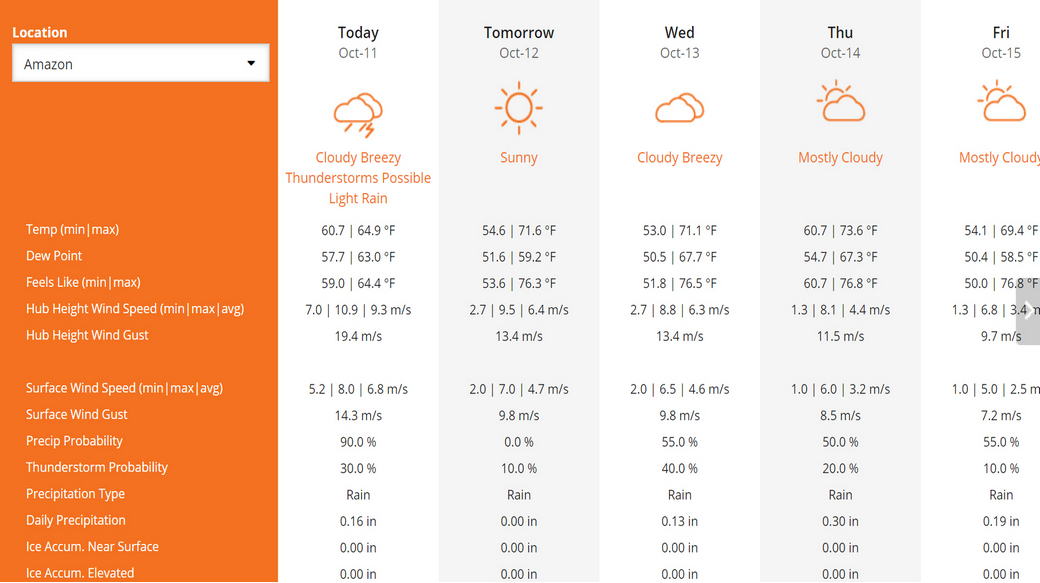Forecasting and Alerting for Extreme Temperatures
Dynamic line rating is becoming one of the most important functions of a utility operations in many regions. The ability to maximize loads during varying environmental conditions while maintaining ground clearance, equipment integrity and safety is critical. It allows the utility utility to maximize the aging grid, improve efficiency and reduce costs and help avoid power outages. One of the biggest challenges to line rating is extreme temperatures. Extreme heat can lower the ability to transmit power, however during that time, consumer use may rise due to an increased usage of air conditioning. Increased usage by consumers can overtax the grid, and in some cases, cause a power outage or force managed rolling blackouts.
Extreme temperatures can also affect the overall ‘health’ of a utility line. High temperatures can shorten the life of components, but also cause abrupt failures. By far the most critical result of extreme temperatures is line sagging which can result in flashover events, or direct contact with nearby vegetation, both contributing factor in wildfire growth, threatening large utility areas. On the other extreme, freezing temperatures after heavy wet snow, prolonged frost accumulation and ice build-up can increase the snapping of damaged power line cables, transformers or support structures. Combined with high winds, roping can occur which may result in faults, downed lines, possible equipment damage or power outages.
Forecast Summary
The Forecast Summary provides users with a seven-day forecast of multiple weather parameters including extreme temperatures. The forecast locations are chosen by the user to best reflect the forecasts for their grid operations and known problem areas within the service territory. These can be viewed daily or hourly and power the Indji Watch extreme temperature alerts.
Forecast Alerting
Having accurate forecasts of extreme temperatures in user chosen areas in relation to their utility assets is critical for maintenance planning, scheduling and team safety. With Indji Watch, users have the ability to set extreme temperature thresholds important to their organization. Indji Watch will monitor the set parameters and alert users if these thresholds are forecast to be exceeded in the next few hours or even 48 hours in advance, so users can focus on important operational matters instead of watching the weather. Users can choose to receive alerts via desktop, tablet or smart phone.
Share this article
other resources you may be interested in
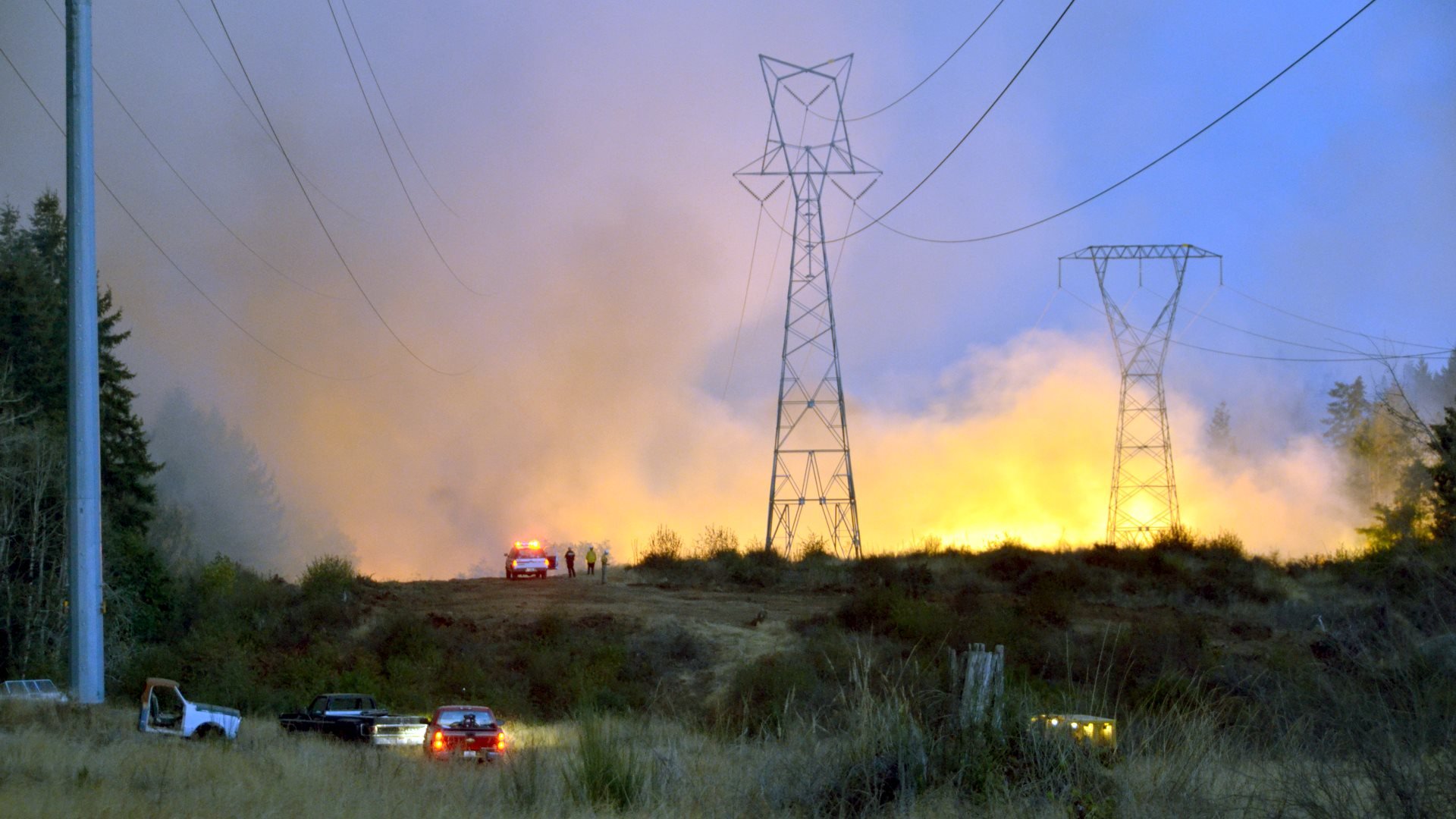
Wildfire Situational Awareness
Article
Indji Watch can monitor a full spectrum of hazards including: wildfires, lightning, high winds, temperature extremes and more, and alert you in real-time to those that will impact your assets.
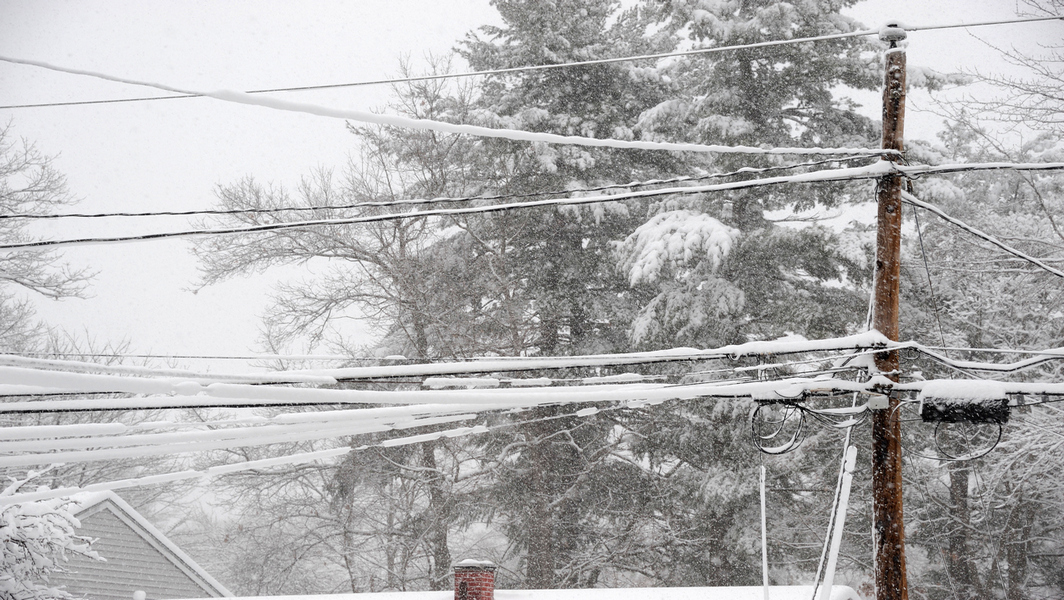
Icing Event - Forecasting/Alerting
Article
Ice and frost accumulation on power lines during the winter season can pose significant issues for utilities and their maintenance crews. When combined with high winds the threat can become serious.
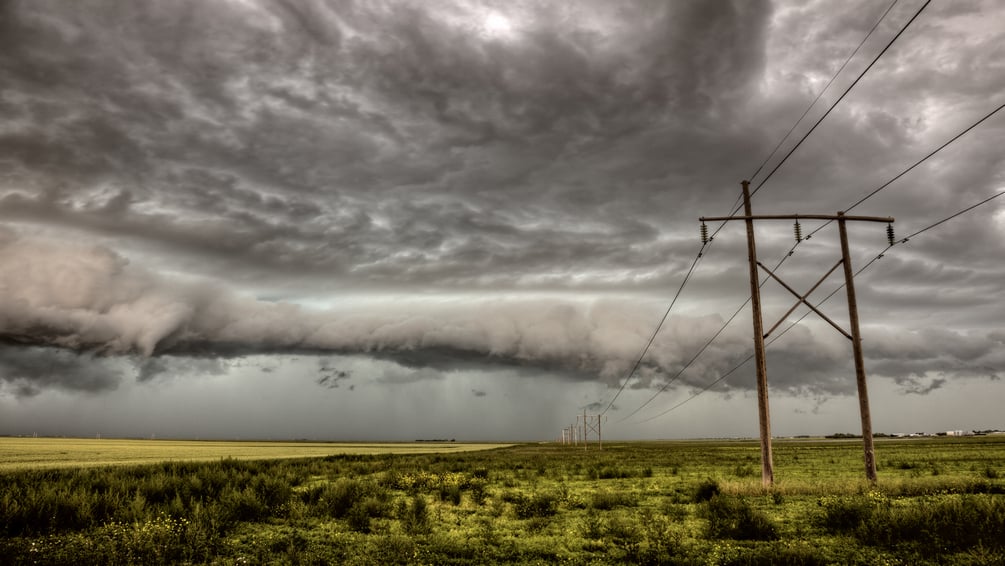
High Wind - Forecasting/Alerting
Article
Mitigating safety risk to field crews is always a top priority. High winds pose significant challenges for utility operations during routine field maintenance, repairs or construction.
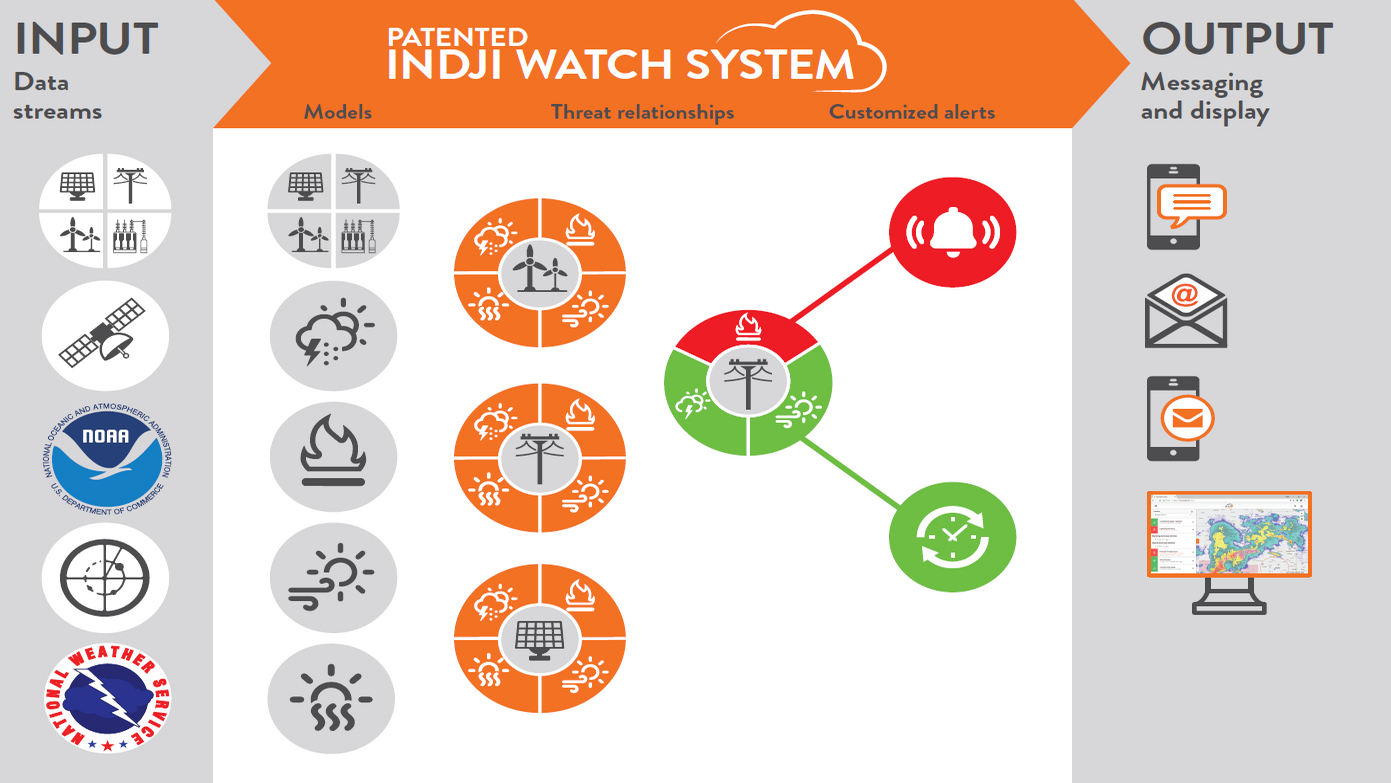
A Patented Difference
Article
To accurately monitor and alert on weather threats that may impact your assets or team safety, you need a patented system that precisely maps your lines, substations and other assets.


